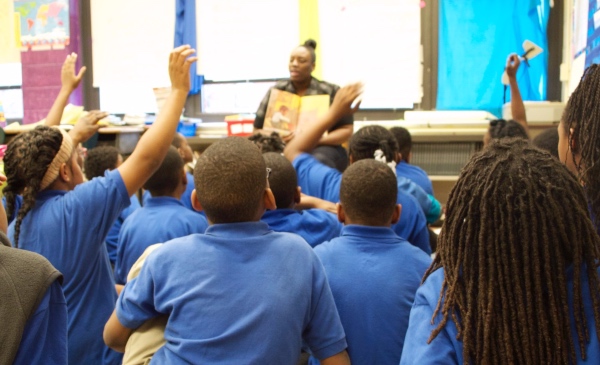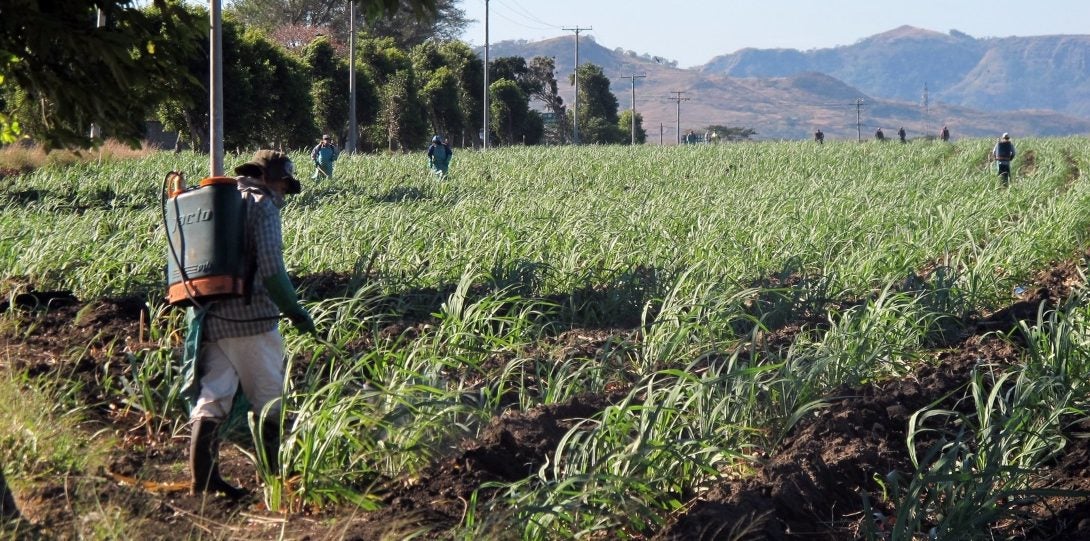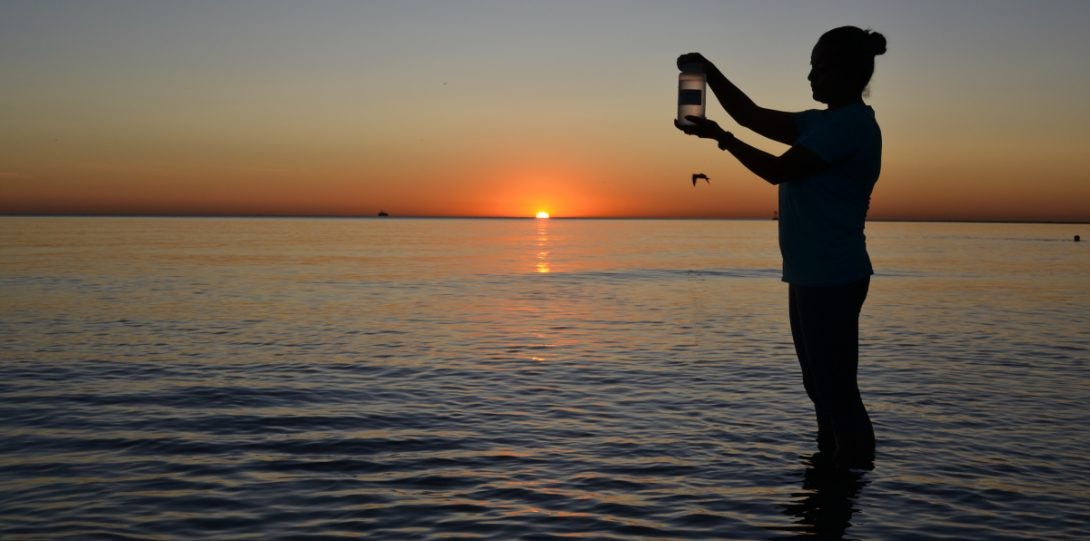Connect with Our Resources
Region 5 Pediatric Environmental Health Specialty Unit (PEHSU)

Sunset with clouds
Region 5 Pediatric Environmental Health Specialty Unit (PEHSU)
Region 5 Pediatric Environmental Health Specialty Unit (PEHSU)
Description

The Great Lakes Center for Reproductive and Children’s Environmental Health is one of 10 PEHSU’s across the country dedicated to reproductive and children’s environmental health issues.
Mission and Goals

The Mission of the Region 5 PEHSU is to be a source of medical information and advice on the influence of environmental exposures on children’s health. We work with physicians, parents, schools, community groups, and public health agencies to address reproductive and children’s environmental health issues.
Our Goals include 1) providing clinical services and consultation to ill children and their families, 2) providing consultative services to pediatricians and other health care providers, 3) providing guidance and consultation on environmental health issues to agencies at all levels of government — local, state, and federal, and 4) playing an important role in training future leaders in environmental pediatrics.
Region 5 states include Illinois, Indiana, Michigan, Minnesota, Ohio, and Wisconsin.
Visit the National PEHSU Network Here!
Acknowledgement and Disclaimer
The Pediatric Environmental Health Specialty Units (PEHSU) are supported by cooperative agreement FAIN: NU61TS000356 with the Centers for Disease Control and Prevention/Agency for Toxic Substances and Disease Registry (CDC/ATSDR). The U.S. Environmental Protection Agency (EPA) also provides support through Inter-Agency Agreement 24TSS2400078 with CDC/ATSDR. The Public Health Institute supports the PEHSU as the National Program Office. The content on this website has not been formally disseminated by CDC/ATSDR or the EPA and should not be construed to represent any agency determination or policy. Use of trade names that may be mentioned is for identification only and does not imply endorsement by the CDC/ATSDR or EPA.
Acknowledgement: The information contained on The Great Lakes Center for Reproductive and Children’s Environmental Health webpage should not be used as a substitute for the medical care and advice of your/your child’s primary care provider. There may be variations in treatment that your provider may recommend based on individual facts and circumstances.






